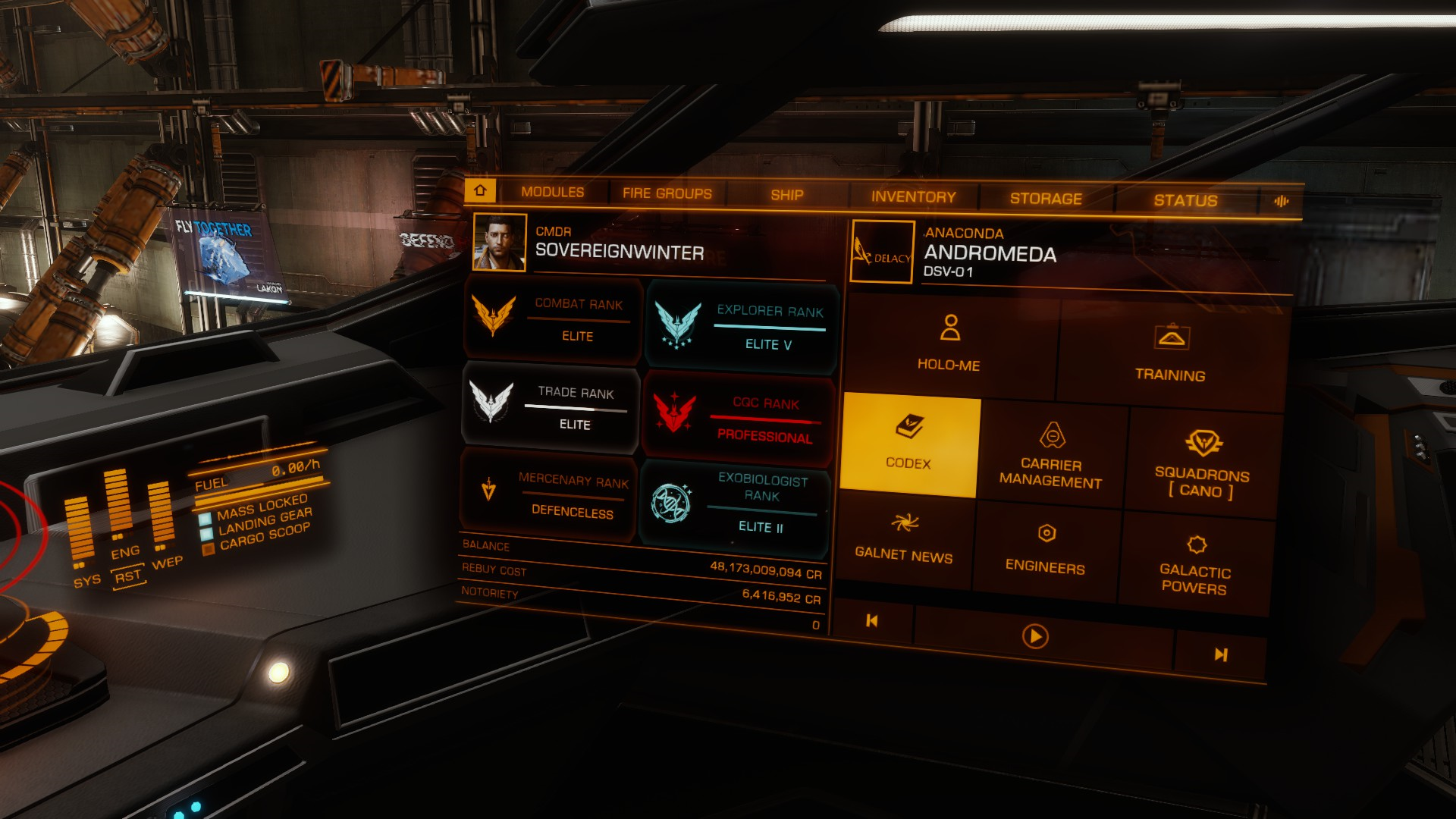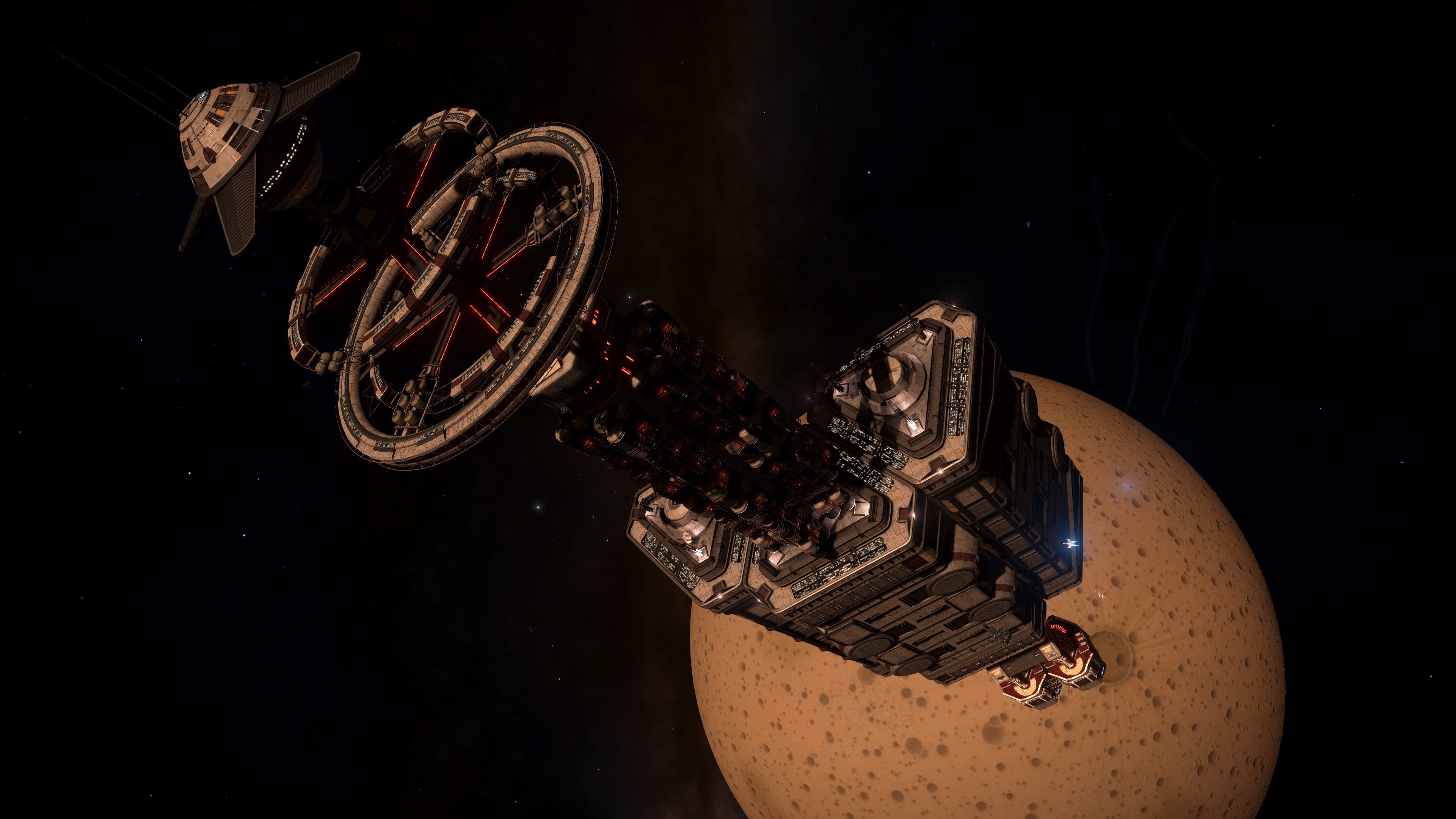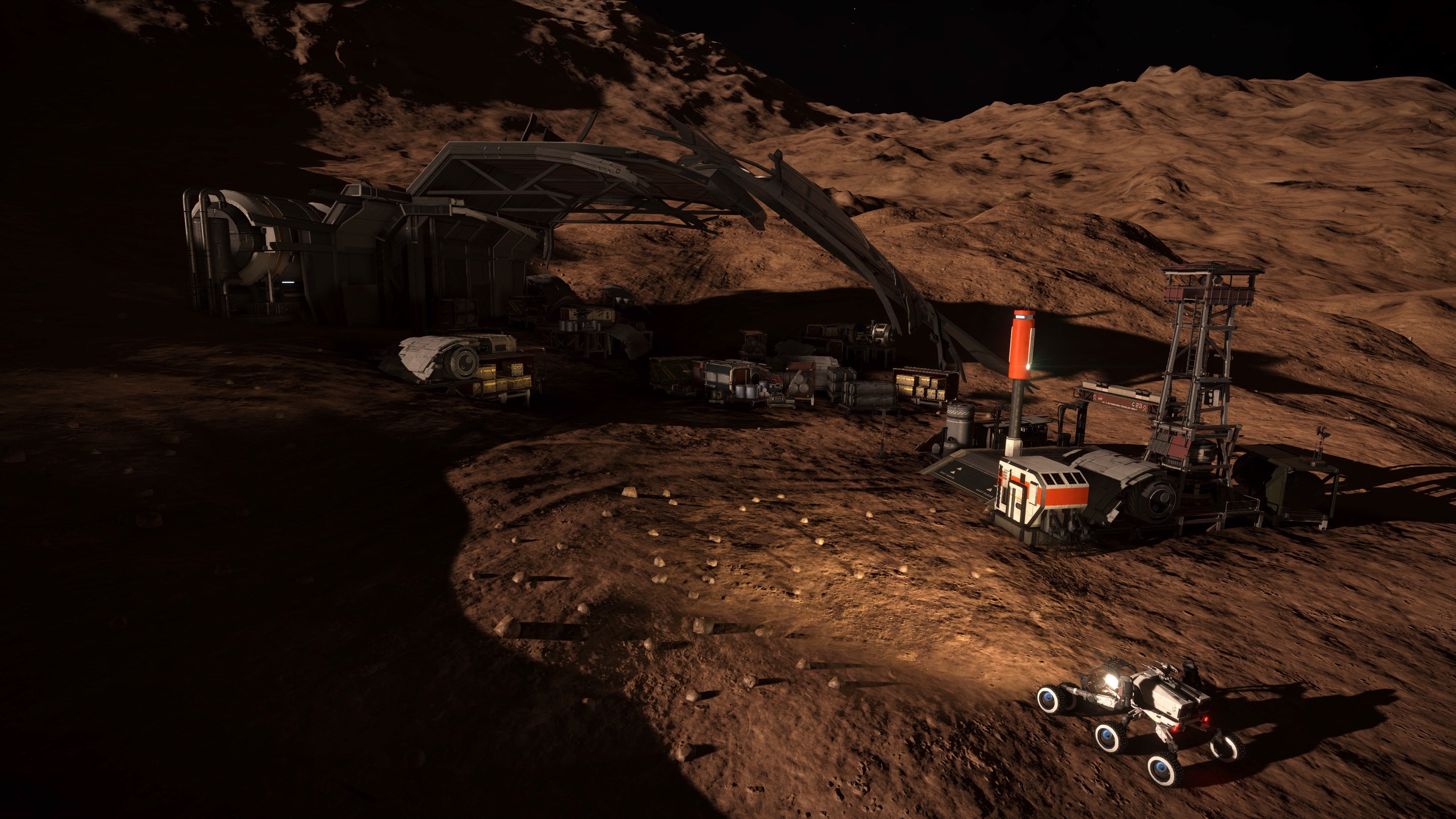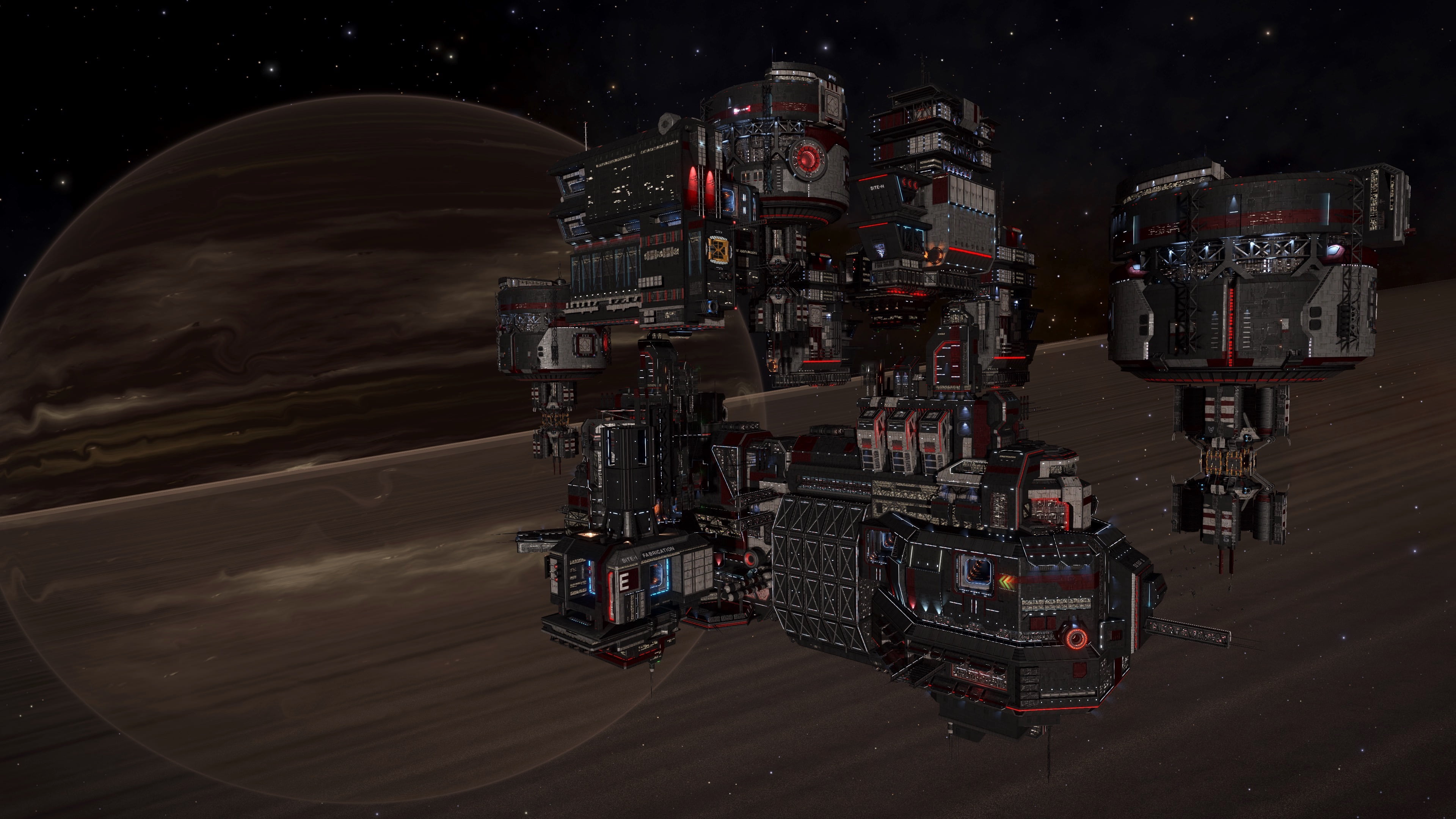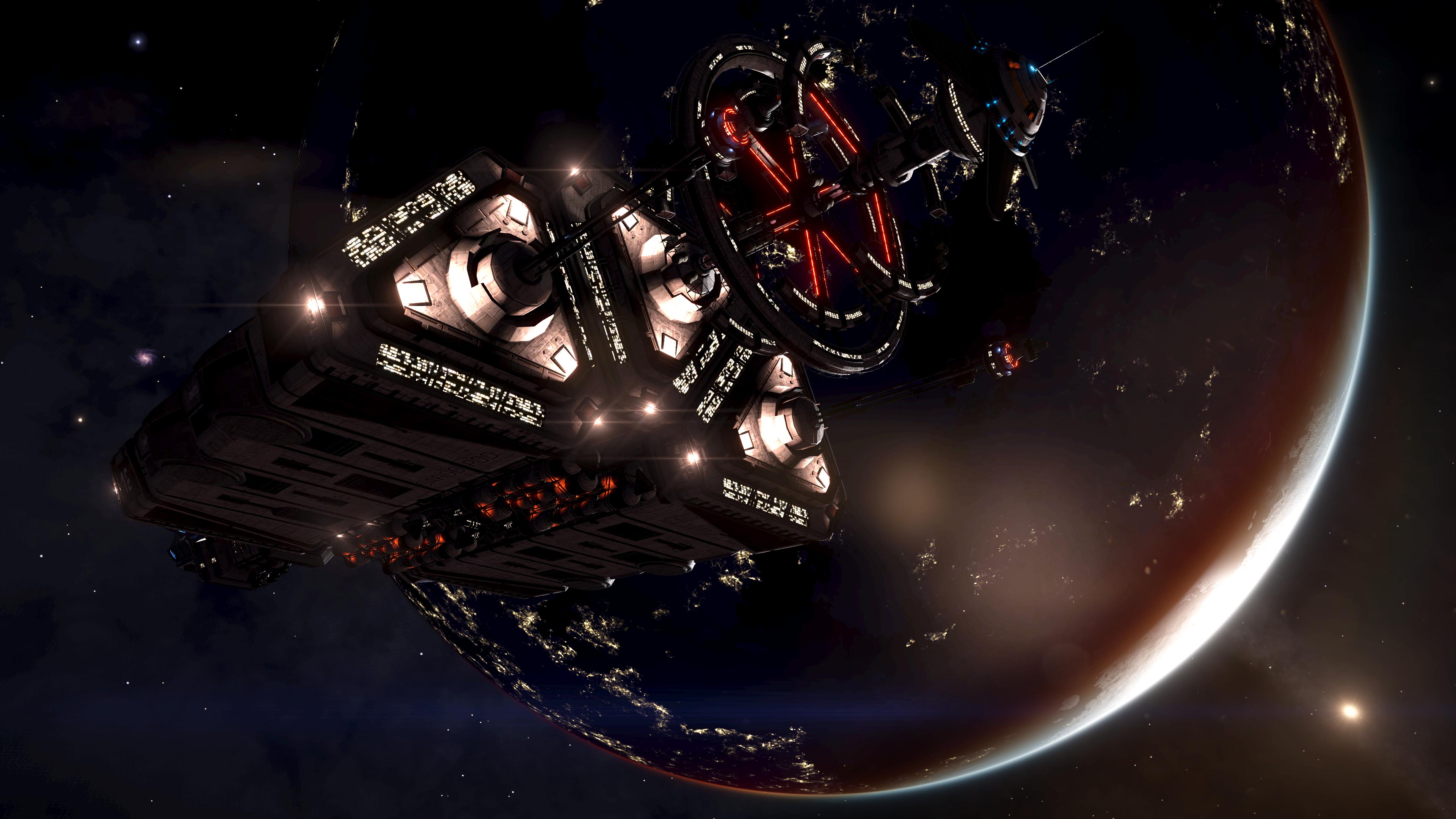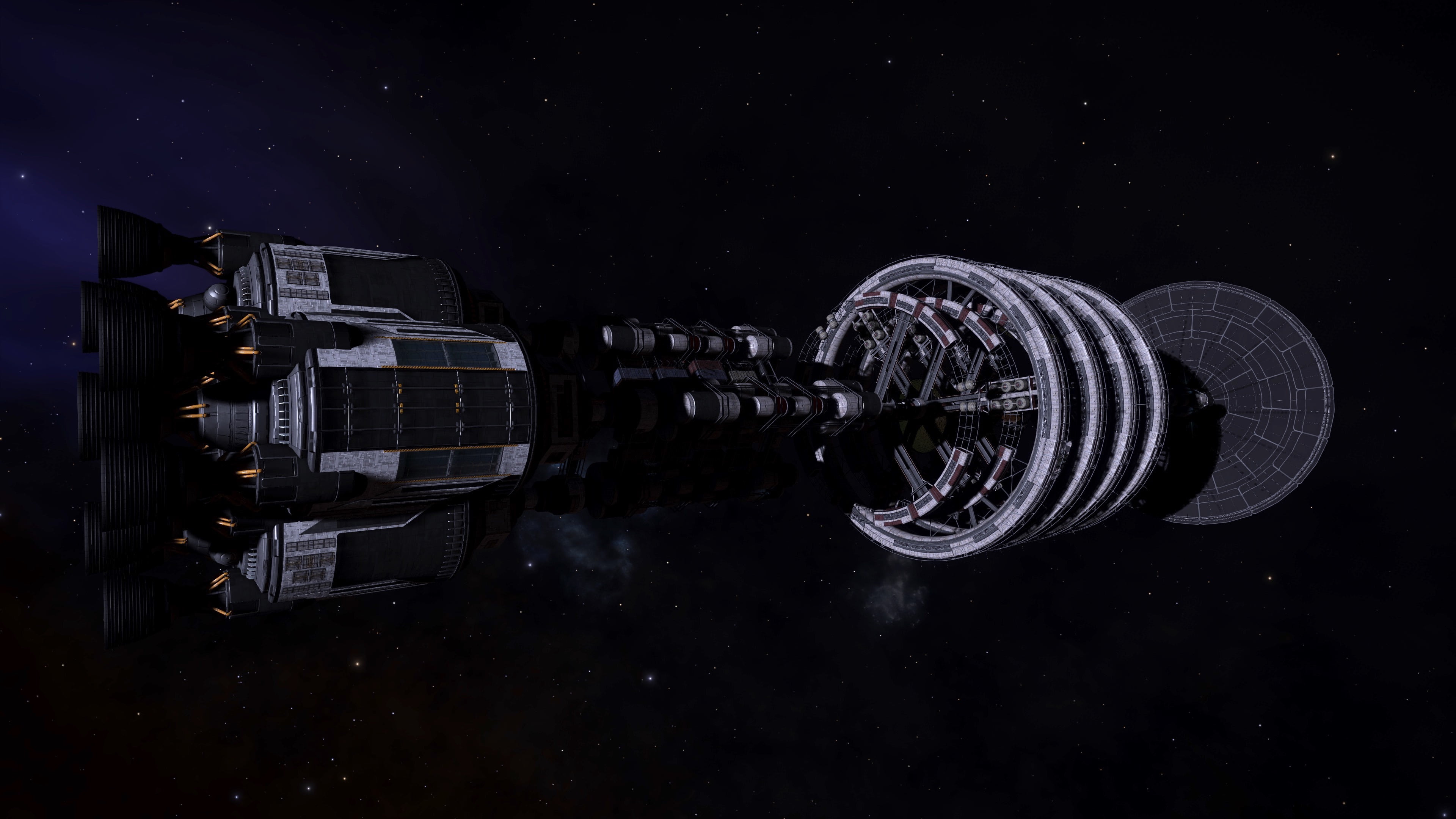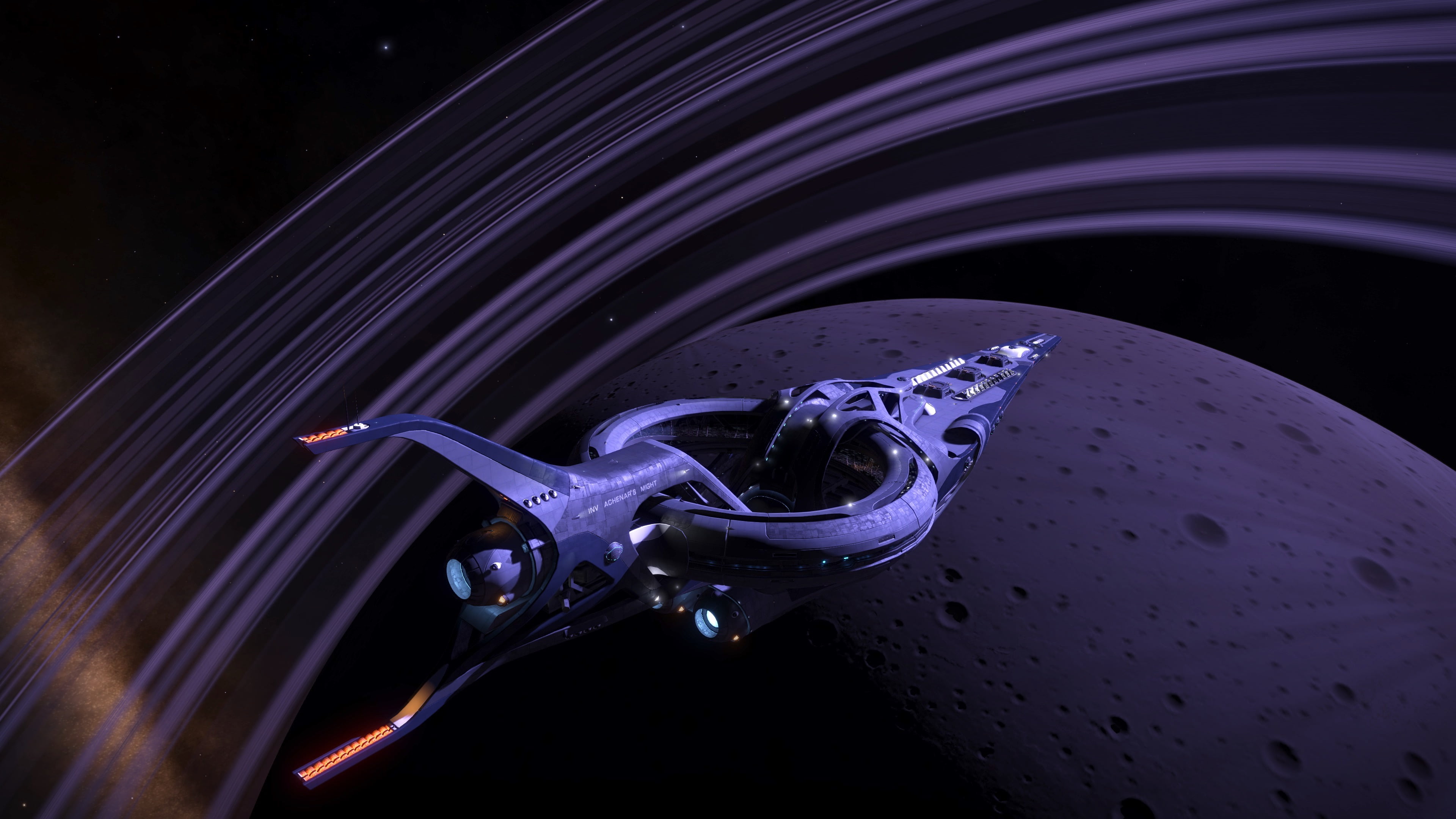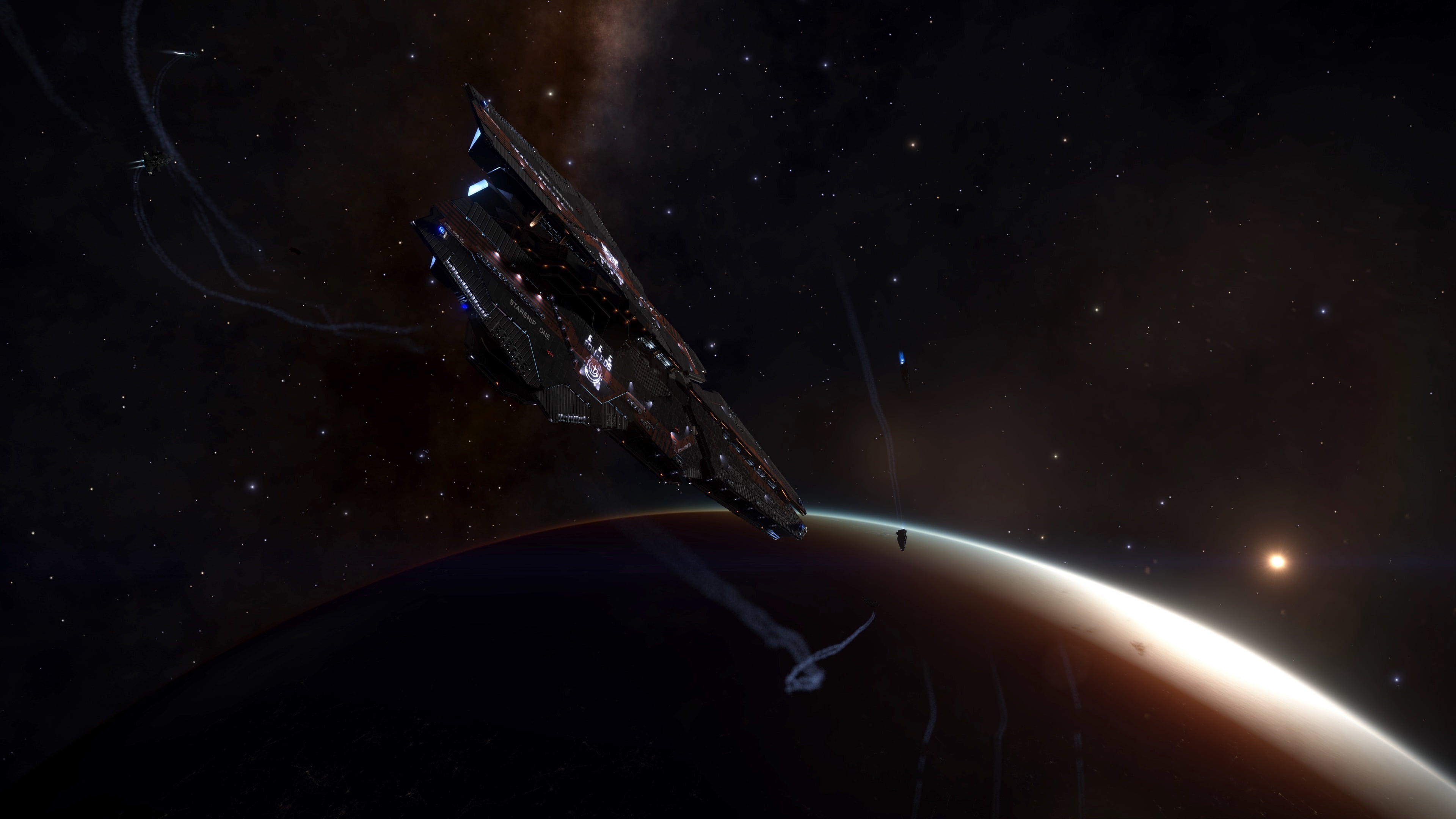The new year looks like it will bring about a new era of discovery. The pilots federation appears to be planning on lifting the lockdown that has restricted us to our ships and SRVs. And we could be setting foot on planets with thin atmospheres as early as April 3307.
In the meantime, while we wait to be issued with our new handheld biology sampling tools, there is still plenty left to be discovered in the lagrange points and asteroid belts , perhaps even whole new species like the Globe Mollusc discovered at the tail end of 3306.
As always it’s worth having a look at the Codex supplied by the pilots federation for clues about what to find. But also look for anomalies in the data. For instance in Ryker’s Hope, there are L-Type Anomalies recorded but no Lagrange Clouds. What else is there to discover? As always there is a huge amount of data gathered by Canonn and other groups so if you have an idea that needs data, do ask and someone is bound to have it.
Here are a few things that are remaining to be found in 3307
Caeruleum Lagrange Storm Cloud
Where there are Caeruleum Lagrange Clouds found across many regions the storm variety has not been identified yet. It is worth looking in nebulae to try and locate these. In 3307 Canonn R&D will be releasing some tools to help you navigate to known nebulae many of which will not have been scanned with an FSS.
Octahedral Pods
There are four varieties of Octahedral pod but the sequence numbers used by the composition scanner suggests that there may be a missing type of pod between Viride and Rubeum. Could there be a Blatteum waiting to be found? Found by Commander Scopelx in Eorl Auwsy UT-Z d13-338 of region Empyrean Straits category
Collared Pods
There are four varieties of collared pod but again there seems to be a gap in the sequence and we could expect to see a pod variety between Lividum and Blatteum. As they are found in the Inner Orion spur which is well traveled, it may be worth looking for them in systems without scoopable stars.
Aster Trees
The composition scanner sequences suggest that there may be two varieties of Aster Tree remaining to be discovered. Based on the Aster Pods that we have discovered so far we are likely missing Lindigoticum Aster Trees and Puniceum Aster Trees. We would expect to find them in the remote and sparse Formorian Frontier.
| Cereum Aster Tree | Cereum Aster Pod |
| missing | Lindigoticum Aster Pod |
| Prasinum Aster Tree | Prasinum Aster Pod |
| missing | Puniceum Aster Pod |
| Rubellum Aster Tree | Rubellum Aster Pod |
Chalice Trees
We know of four sub-species of chalice pod but have as yet been unable to find the parent organism. The regions that they are found in, Archeron and Mare Somia are very sparse and not well traveled. Perhaps with fleet carriers an expedition could be mounted to locate them. Could there also be a fifth Chalice Pod in Mare Somnia?
Peduncle Pods and Trees
The Albidum, Ostrinum, Rubellum and Viride Peduncle Trees do not have pods that we have been able to find. Likewise Candidum,Gypseeum and Purpureum Peduncle Pods do not have any corresponding trees. However it is possible that the classification is not correct as the composition scanner sequences suggest the following relationships.
| Albidum Peduncle Tree | Candidum Peduncle Pod |
| Caeruleum Peduncle Tree | Caeruleum Peduncle Pod |
| Viride Peduncle Tree | Gypseeum Peduncle Pod |
| Ostrinum Peduncle Tree | Purpureum Peduncle Pod |
| Rubellum Peduncle Tree | Rufum Peduncle Pod |
Gyre Pods and Trees
The Roseum Gyre Pod in Kepler’s Crest does not have a corresponding tree and the Viridis Gyre Tree found in Kepler’s Crest and Xibalba does not have a corresponding pod, so there is a reasonable expectation that these are waiting to be found. It would not be entirely unreasonable to suppose that there could be 5 sub-species. So there could be a lot more to find.
| Aurarium Gyre Tree | Aurarium Gyre Pod |
| Viridis Gyre Tree | missing |
| missing | Roseum Gyre Pod |
Molluscs
The composition scanners of many of the Mollusc Species run from 1 through to 7 however parasol, bulb, capsule and reel mollusc have all had three sub-species discovered and all with a sequence of 1 to 3. Therefore we would presume on the balance of probabilities that we are unlikely to find more sub-species.
However the other varieties of mollusc apart from the newly discovered Globe mollusc all have gaps in their sequences and therefore potentially have additional subspecies to find.
Torus Molluscs
Most mollusc species have 7 sub species and the sequence numbers from the composition scanner run from 1 to 7 but torus mollusc sequence runs from 2 to 6 suggesting that there may be two additional varieties, perhaps an Albulum or a Croceum variety.
Commander ThePredeitor has found a Flavum Torus Mollusc 27/03/3307
Squid Molluscs
There is a gap in the sequence suggesting that perhaps there could be a Viride Squid mollusc and there is also potentially an un-found Croceum Variety
Bullet Mollusc
The bullet mollusc looks like it might have two as yet detected sub species between the Viride and Rubeum Varieties
Bell Mollusc
The Bell molluscs also have two potential missing varieties in the sequence. The Bell molluscs can be found in a number of regions.
Anomalies
Anomaly classification by the Composition scanner is not as clear cut as with molluscs and we scan see for example that the E-Type and K type Anomalies share a range with some being out of sequence but it is possible to identify gaps.
K-Type Anomaly
The K09-Type Anomaly appears to be missing from the nomenclature and from the sequence so we think there is a very good chance that this remains to be found. K Type anomalies are found in a number of different regions Found by Irenicus Benzarius
T-Type Anomaly
The T03-Type Anomaly appears likely to occupy the third sequence in the range. So far T-Type anomalies have been found in the galactic center and the Empyrean Straits
L-Type Anomaly
The L02 and L07-Type Anomalies have not been found so far. L-Type Anomalies can be found in many regions.
P-Type Anomaly
The P Type Anomalies can also be found over a large range of regions. So far we have not found the P06 and P11 types. P11 is now found in Dryeau Aub FG-Y G4
Heavenly Bodies
Some of the most interesting things to be found in the galaxy can only be found by direct observation if you are lucky to arrive at the right time. For instance the colliding gas giants Rhubarb and Custard do not look anything special unless you happen to visit them in a window of a few hours that occurs just over once a month.
Fortunately tools like the spansh database makes it much easier to locate systems like KOI 413 without even getting into your ship. And the Canonn software will alert you to collisions as you discover them.
So what else could we discover? There are several hundred systems where the bodies could have collisions. Some may have collisions only every thousand years, so it would be quite something to locate a system in time to see a collision that only happens once in a lifetime. It is certainly worth visiting and documenting some of these collision systems so we can determine a schedule.
Other things we haven’t found are contact binaries. Is it possible that there are binary systems where the semi-major-axis is less than than the radius of the planets? Planets permanently locked together. Its unlikely that any high value bodies like this exist but there may be many low value bodies that have been overlooked. The FSS scanner now allows us to gather data on even the humblest frozen potato so maybe there is more to find out there and closer to home.
Commander Dusk Nova is convinced that Rogue star systems may exist
“The locations of some star systems have historically changed unusually over time, the offsetting of their locations hinting to the passing of another object. Limited by the locations needing to be manually checked before being updated on the Galaxy Map means its been hard to isolate the offending rogue stars.”
Perhaps some data mining of historic data may be able to uncover some clues in this area?
The Guardians
Is there more to discover about the guardians? Commander Seventh Circle believes that the guardian ruins may be aligned in some way to point to something. At the moment he is gathering data and producing data visualizations to try and uncover a pattern, who knows?, perhaps they are some kind of celestial clock like the ancient ruins of Stonehenge on old earth? We certainly hope that we discover something new.
Unsolved Mysteries
HIP 22460
A constant thorn in Canonn’s side is the lack of a permit for HIP 22460. This system is widely considered to hold a Thargoid Surface site as other Thargoid site messages point to it. It is also the location where the Black Flight megaship The Overlook was last located.
One potential clue is a crash site in Colonia where a commander Hyford met his end having been chased there from Pleiades by what we presume to be Black Flight. The scannable data point has gone missing, we believe, removed by the Pilot’s Federation who we are suing to have the contents revealed to us. You can view our petition here.
Black Flight seem to operate under the umbrella of Pleiades Resource Enterprise, so it is possible that we may be able to get them to issue a permit if we can engineer the right circumstances. We hope that Canonn commanders will continue looking for a way into the system.
This has since been resolved, with the HIP 22460 permit and puzzle being reworked to fit into the Azimuth Saga. It now contains a ground site and reworked Overlook megaship.
Raxxla
CMDR Redacted has uncovered new evidence that Raxxla may be found somewhere between redacted and redacted on a redacted around a redacted star. So far all evidence seems to confirm this but it requires concerted search of the area around a redacted covering a huge area of space. We hswqw lkwlkje++()£*”* “**” d Error: No Carrier
